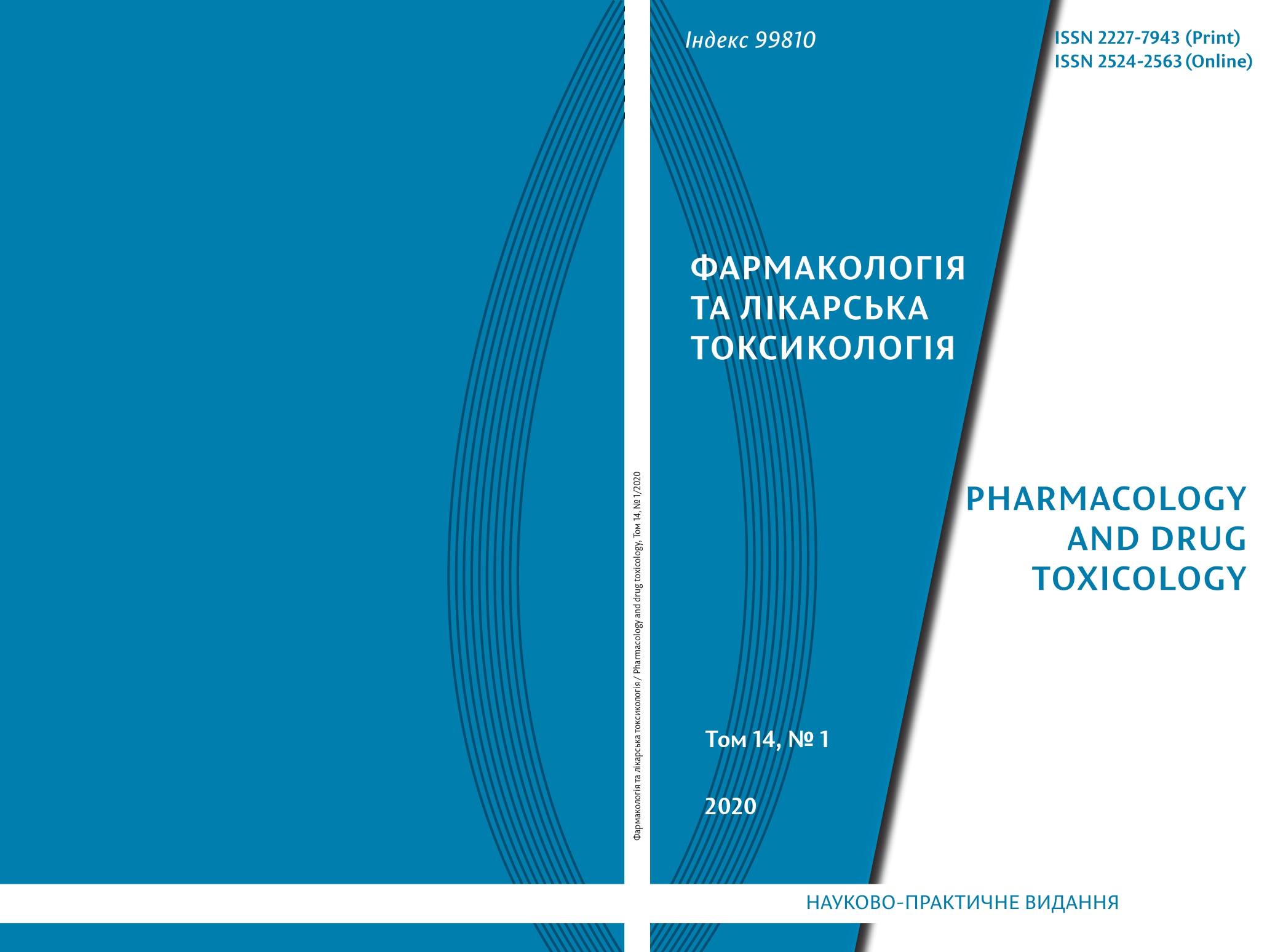Abstract
In the heart, as well as in smooth muscle cells (SMC) of blood vessels, contractility is mainly determined by the concentration of free calcium [Ca2+]i. in myoplasm. Changes in the sensitivity of myofilaments to calcium can be very important in the regulation of muscle contractility. Currently, it is precisely this way of influence on the contractile properties of the heart and vascular muscles that attracts much attention of pharmacologists. Studies of the nature of calcium sensitivity can be the fundamental basis for the development of a new generation of drugs that affect vascular tone or contractility of the heart through direct effects on the contractile apparatus or indirectly affecting signaling pathways that regulate vascular tone. The dependence of the magnitude of the contraction F from [Ca2+]i with a good degree of accuracy is described by the Hill equation F = Fmax * [Ca2+]in / (EC50n + [Ca2+]in), which is uniquely determined by three parameters: the maximum contraction Fmax, the concentration of half contraction EC50, and the Hill coefficient n. The main goal of the experiments to determine the changes in the calcium sensitivity of the contractile apparatus of the SMC during any external influences including conducting screening trials of potential drugs should be to obtain the dependencies of the contraction force F on [Ca2+]i. before and after its exposure. To correctly evaluate changes in the calcium sensitivity of myofilaments, it is necessary to measure at least changes in three parameters of the obtained dependences: the generalized affinity of myofilaments for [Ca2+]i, which is characterized as EC50, the sensitivity of myofilaments to calcium, or Fmax, and Hill coefficient. Optimal experimental design for assessing changes in the calcium sensitivity of the vascular contractile apparatus includes: recording the contractile activity of intact smooth muscles, recording the contractile activity of chemically skinned vascular preparations, as well as simultaneously measuring [Ca2+]i, and contractile force using fluorescent calcium indicators. The complex of these experiments will enable a step-by-step assessment of the ability of any external impact, including pharmacological intervention, to change the calcium sensitivity of the contractile apparatus of SMC and can serve as an effective tool for the initial screening of compounds claiming to be calcium sensitizers or desensitizers.
